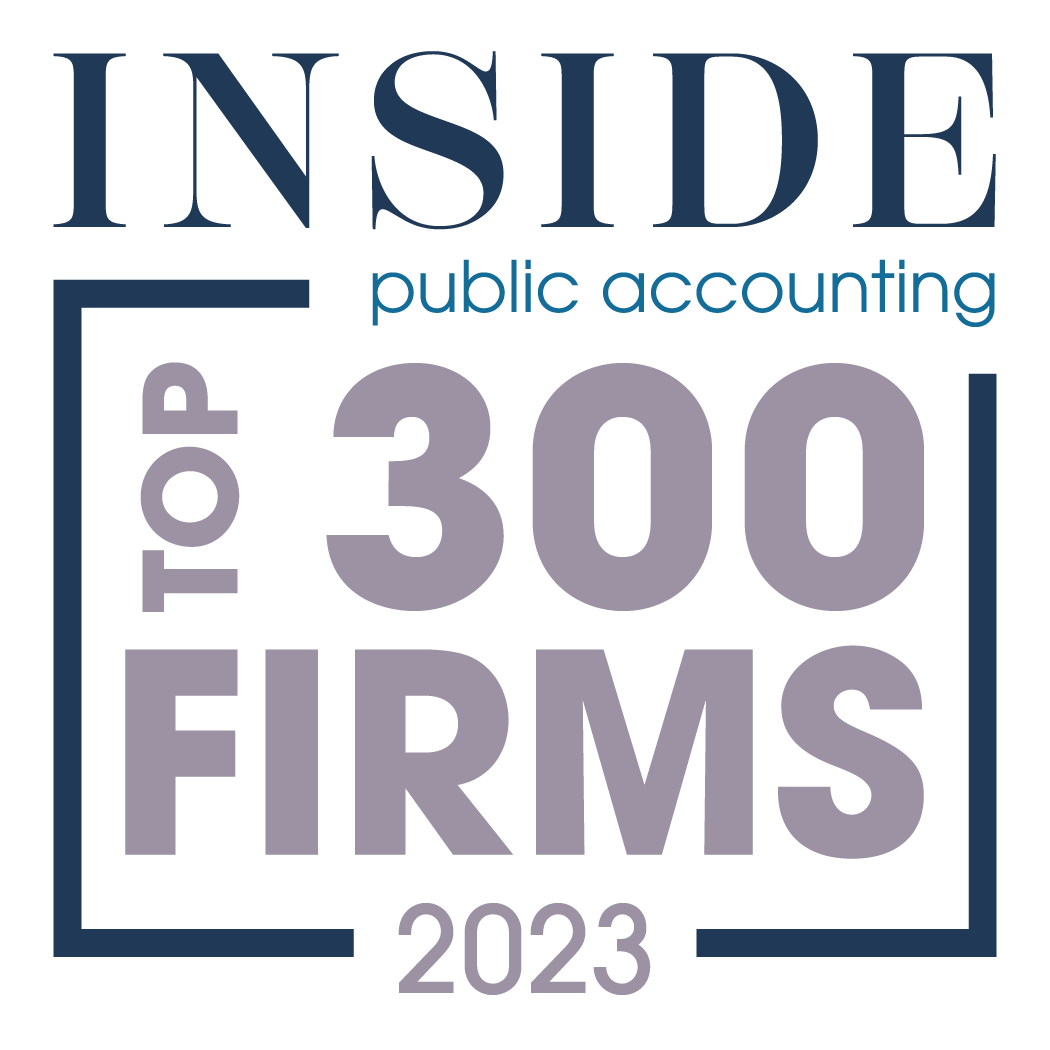Important Updates to PPP Guidance
SBA update to Loan Forgiveness and more Disbursements for Partner Income
The SBA yesterday updated their guidance on two important pieces of the Payroll Protection Program:
- They have given a ‘Safe Harbor’ for loans under the program that were less than $2mil., they are considered to have met the burden of certification that they are needed and therefore forgiven.
- Additional disbursements are possible for partnerships if the ‘partner income’ had not been included in the calculation yet.
SBA provides safe harbor for PPP loans under $2 million
When submitting a PPP application, all borrowers must certify in good faith that “[c]urrent economic uncertainty makes this loan request necessary to support the ongoing operations of the Applicant.”
Businesses that together with their affiliates accepted Paycheck Protection Program (PPP) funds of less than $2 million will be assumed to have performed the required certification concerning the necessity of their loan requests in good faith, according to guidance posted by the U.S. Small Business Administration (SBA) on Wednesday.
The guidance, provided as Question 46 in Treasury’s Q&As related to the PPP, states that borrowers with loans of more than $2 million may still have an adequate basis for making the required good-faith certification, based on their individual circumstances and the language of the certification and SBA guidance.
The forgivable loans were designed to help employers keep their employees paid and keep their businesses from succumbing to the economic hardships created by the coronavirus pandemic. An eligible recipient of a covered loan can receive forgiveness of indebtedness on the loan in an amount equal to the sum of payments made for the following expenses (subject to limitations) during the eight-week covered period beginning on the covered loan’s origination date: (1) payroll costs; (2) payment of interest on any covered mortgage obligation; (3) payment on any covered rent obligation; and (4) any covered utility payment. Section 1106(i) excludes from gross income any amount forgiven under the PPP.
The SBA warned April 23 that businesses with substantial access to liquidity may not qualify for PPP loans, and several larger companies returned their PPP funds. On April 28, Treasury Secretary Steven Mnuchin and SBA Administrator Jovita Carranza announced that the SBA would review all PPP loans in excess of $2 million to make sure borrowers’ self-certification for the loans was appropriate.
Out of concerns whether their loans would be deemed appropriate, some larger companies that initially received PPP funds have returned them. For the same reason, some leaders of smaller companies have also considered returning their PPP funds or hesitated to apply for PPP loans.
According to the SBA, borrowers with loans below the $2 million threshold are less likely to have had access to adequate sources of liquidity in the current economic environment than borrowers who obtained larger loans.
The SBA said the safe harbor will promote economic certainty for PPP borrowers with limited resources as they work to retain and rehire employees. The $2 million threshold also will help the SBA conserve its resources and focus its reviews on larger loans.
If the SBA determines during its review that a borrower lacked an adequate basis for certifying the necessity of its loan, the SBA will seek repayment of the outstanding PPP loan balance and inform the lender that the borrower is not eligible for loan forgiveness. The SBA will not pursue administrative enforcement or referrals to other agencies if the borrower repays the loan after receiving notification from the SBA.
PPP Loans – Additional Disbursements for Partner Income
The SBA released another Interim Final Rule today which will enable certain partnerships that applied for PPP loans but did not include partner income in their loan amount to go back to their lender and get an additional disbursement.
- If a partnership received a PPP loan that only included amounts necessary for payroll costs of the partnership’s employees and other eligible operating expenses, but did not include any amount for partner compensation, the lender may electronically submit a request through SBA’s E-Tran Servicing site to increase the PPP loan amount to include appropriate partner compensation, even if the loan has been fully disbursed.
- The IFR requires that the lender’s first SBA Form 1502 report to SBA on the PPP loan has not been submitted.
- After the initial SBA Form 1502 report on the PPP loan has been submitted to SBA, or after the date the first SBA Form 1502 was required to be submitted to SBA, the loan cannot be increased.
- The SBA has already extended the deadline for submission of the initial SBA Form 1502 for such loans from May 18, 2020 to May 22, 2020, in its interim final rule posted on May 8, 2020.
- The limit for self-employment income of general active partners which may be reported as a payroll cost on a PPP loan application, is still up to $100,000 annualized
- In no event can the increased loan amount exceed the maximum loan amount allowed under the PPP Program, which is $10 million for an individual borrower or $20 million for a corporate group. Additionally, the borrower must provide the lender with required documentation to support the calculation of the increase.
If you have a partnership and applied for a PPP loan without including partner income, you should consider this opportunity to amend a current application or request an additional disbursement. Only the bank can tell you if the Form 1502 has already been submitted.
RRBB eNEWSLETTER
Get free tax planning and financial advice

